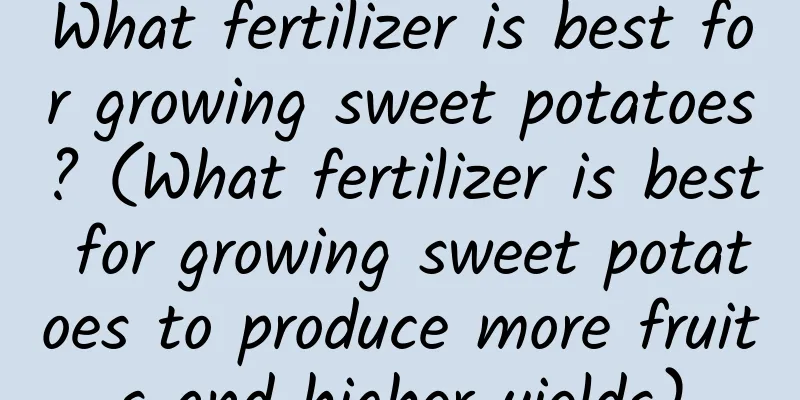Diseases and prevention methods of Gloxinia

Diseases of Gloxinia: blight nematode diseasesymptomBlight nematode disease is a common disease of Gloxinia, which is caused by nematode infection. It will harm the tender stems, young plants, surface stems and bases of branches and leaves of Gloxinia, causing the plants to soften and rot like they are soaked in water, and then gradually extend to the leaves, causing them to shrink and die. Prevention and treatment methodsBefore cultivation, the potting soil should be disinfected with steam or chloropicrin, and the tubers of Gloxinia should be soaked in warm water at 60°C for 5 minutes, or disinfected with Uspron. If you find that Gloxinia has been infected with this disease, you must pull out the affected plants and burn them. Diseases of Gloxinia: RotsymptomIt mainly harms the leaves, stems and young plants of Gloxinia, producing water-soaked dark brown necrotic spots on the leaves with ring patterns in the spots. In severe cases, the upper stems will become twisted and dwarfed. Mature plants will develop a large number of black sunken spots on the surface of the stems, which will crack open. The small black dots on the spots are arranged in a ring pattern with white hyphae on the edges. Prevention and treatment methodsBefore cultivating Gloxinia, spray the ground surface with 3 parts formaldehyde mixed with 1 part water and cover it with a film, or mix 7 parts 70% dichlorodiphenyltrichloroethane powder with 3 parts fine soil and sprinkle it on the ground for disinfection. In daily maintenance, pay attention to promptly removing diseased plants and burning them in time. Diseases of Gloxinia: Botrytis cinereasymptomIt is the main disease of African violet, which manifests as brown soft rot on the pedicels. Brown spots grow from the edges, and the surface has wrinkles and rings, which will spread to the entire leaf. When damp, a gray mold layer forms, which later turns yellow. In severe cases, the entire leaves, flowers and branches will turn brown and die. Prevention and treatment methodsDuring the disease period, use 500 times diluted 80% Mancozeb, or 1% Bordeaux mixture, or 500 times diluted 75% Benomyl, spray once every 10 days, and spray 2-3 times in a row. Diseases of Gloxinia: blightsymptomWhen the leaves are infected, they will become dark brown and softened like water stains. After spreading to the petioles, the leaves will rot and have narrow, sunken spots like water stains, which often expand into large patches or long strips. The disease in the stems will also spread to the petioles, causing the leaves to bend. Prevention and treatment methodsAt the early stage of the disease, spray 600 times diluted 72.2% Prolike aqueous solution or 600 times diluted 72% Kelu wettable powder, 1000 times diluted 60% Fluazifop (Fluoromac, Mancozeb) wettable powder, 500 times diluted 25% Metalaxyl wettable powder. |
<<: Common diseases of nasturtium and their prevention and control methods
>>: Common diseases and pests of mirror grass and their prevention and control methods
Recommend
How to grow peony flowers
1. Lighting and ventilation Peonies like a sunny ...
What to do if the leaves of Milan turn yellow
Low temperature The yellowing of Milan leaves oft...
How to grow money tree to make it flourish
Money tree growing conditions The origin of the m...
Kalanchoe, pennywort, and calla lily... they are so easy to grow, yet you killed them all. What's going on?
White Anthurium Cause of death of white palm: too...
What is the best season to plant sweet potatoes? Sweet potato planting time and method
When planting sweet potatoes, the first thing to ...
When buying flowers, tap the flowerpot to determine if the flowers are good.
When buying potted flowers, you should first cons...
How to use the Nine Dead Resurrection Grass
1. Usage As its name suggests, it has a powerful ...
The growth environment and characteristics of lucky bamboo
Lucky Bamboo Growth Environment Conditions and Re...
Complete method of propagating false epiphyllum
Cutting propagation of Epiphyllum pseudophthisis ...
Does the peony prefer shade or sun?
Does the peony prefer shade or sun? Peony is very...
Rambutan fruit seed potting tutorial
1. Remove the seeds Pick the ripe rambutan fruit,...
This is the kind of simple life that Chinese people want most!
Wherever there are Chinese people, there is the s...
How to behead white peony
Beheading Look at this white peony. Because it is...
When and how to change the soil of camellia
Camellia soil changing time The time to change th...
Cultivation methods and precautions of broad-leaved red orchid
1. Watering When choosing to water it, it is gene...









